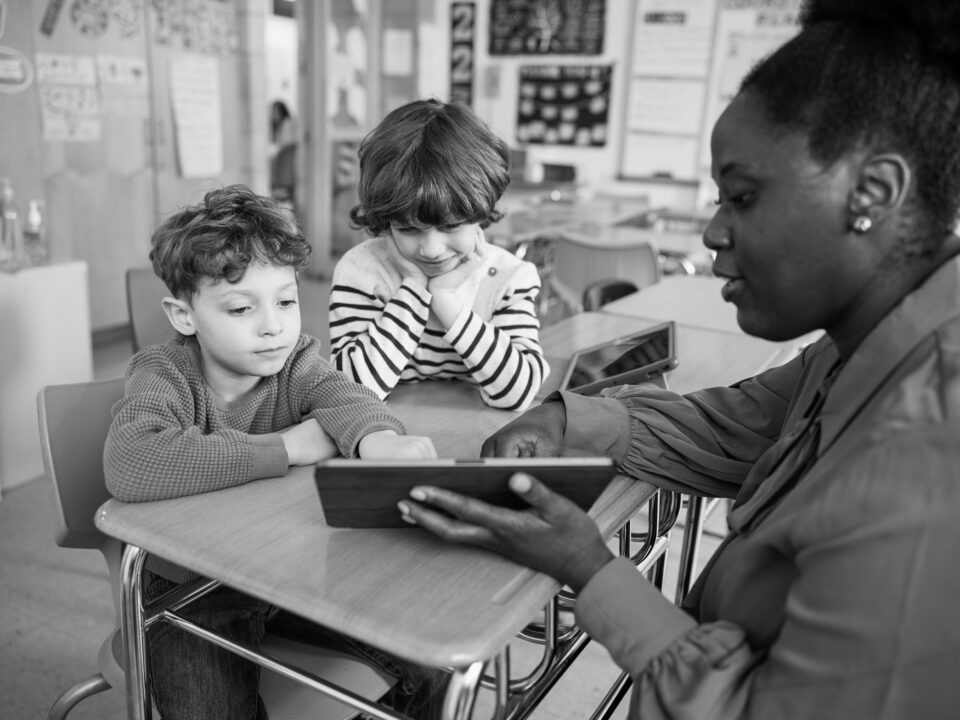- Sales & Support
- +61 2 4225 9698
- [email protected]

What does Student Growth Percentile do?
September 17, 2018
Learning with a destination in mind: The art and science of personalised goal setting
September 18, 2018Building reading comprehension through questions, inquiry, and sketchnotes

By: By Billy Spicer, Instructional Coach, Renaissance USA
To comprehend or not to comprehend—that is the question.
To comprehend illustrates a strong connection between reader and text, a connection that can only be made if students truly understand the words that are jumping off the page at them. So, how do we know? How do Mom and Dad know? But most importantly, how do the students themselves know?
Unfortunately, I’m not here to announce the findings of a landmark study that reveals the secret strategy to ensure all students comprehend 100% of the text they are engaged with. But I am here to share a few tips that have worked for me in setting the stage for students of all levels, backgrounds, and interests to begin taking charge of their understanding as they continue to grow as readers.
I apologise if you came to this post hoping to learn the latest and greatest in terms of the traditional comprehension strategies: predict, synthesise, evaluate, etc. Those are important and extremely valuable. I’m not suggesting they don’t serve a purpose, because they certainly do. Explicitly teaching comprehension strategies continues to be a wise choice in building students’ reading achievement. I contend it is the process in which these strategies are introduced that often does not produce the results teachers are seeking.
The key role of engagement
Enter the work of Stephanie Harvey and Harvey “Smokey” Daniels. After reading their book, Comprehension & Collaboration, I was prepared to begin the journey towards meaningful and authentic work in literacy with my students. In fact, their work inspired me to rethink the way I structured my literacy time with students as a classroom teacher, an approach I continue today as an instructional coach when working with teachers.
If we want students to comprehend the text they are engaged with, they must be interested in it. As author Jennifer Serravallo says: “Without engagement, you have nothing.” We know that in order to truly understand, you have to engage with other people. Empowering students to think critically with rich discussions brings a noticeable difference in students’ comprehension abilities.
What follows are three tips for providing young readers with an inquiry tilt towards building purposeful and authentic reading comprehension.
Tip #1: Ask questions
Reading is more than just data cells on a spreadsheet. Reading and comprehending are non-negotiables for success in maths, history, geography, science, and engineering, among many other fields. This was the first step for my students and me to begin the work towards asking better questions and to be mindful of our tendencies.

What we discovered as a group, during a whole-class read-aloud of Endangered by Eliot Schrefer, was that our questions were pretty thin. Thin in that they were not pushing our thinking to new levels or approaching the depths of knowledge to extend our views. The bulk of our questions fell into the blue and yellow cells in the graphic below, which produces mostly routine or conceptual thinking.
I wanted my students to go deeper and move beyond the factual and predictive question stems and into the analytical and application areas—and the question grid helped us get there.

Question grids are a fabulous resource to use in small groups, pairs, or individually. The grid can be used as a catalyst for discussion or to take a deep dive into the text that has been read. Introduce question grids with your students and watch the quality of questioning grow exponentially.
Tip #2: Inquiry circles
Whether we work with beginning readers or advanced English literature students, we’re sunk if we can’t empower them to work in groups productively, actively, and responsibly. After all, reading is thinking. Not surprisingly, then, we need to provide structured opportunities for readers to talk about, write about, and draw their thinking every single day.
Adopting inquiry circles into literacy keeps readers’ interests, questions, and curiosity as a top priority. If students have already been introduced to the question grid and have some experience using it, the inquiry circles will become even more seamless in building active collaborators.

Start small when launching inquiry circles in class. Doing so will help provide a roadmap for students to build from as they continue to develop as analytical thinkers. In my experience, adopting a “gradual release of responsibility” model has proved to be exactly what my students needed to become fully engaged and self-directed when it came to driving their growth.
Using this model, students were invited into the process as we created meaning together. When I first applied an inquiry model in our nonfiction literacy unit, I was blown away by the ownership my students possessed. I owe a great deal of that success in subscribing to gradual release.
Doing so provided my students with plenty of opportunities to encounter the texts in question through teacher modeling, guided practice, collaborative/independent practice, and application.
Tip #3: Sketchnotes


Regardless of one’s artistic abilities, everyone has the ability to become a visual notetaker. The idea of sketchnoting is based on a simple premise: ideas, not art. Providing students with the outlet to create meaning through icons, labels, structure, and text will help them better process the information they’re hearing and seeing.
Sketchnoting is much more than simply doodling. It asks readers to capture thinking visually, remember key information more clearly, and share what they have captured with others.
The research is clear that various forms of visual notetaking have large benefits for our brains. Sketchnotes are actually a form of mnemonics, connecting images with information and significantly increasing our ability to remember what we’ve learned. In a 2009 study published in Applied Cognitive Psychology, 40 participants were asked to listen to an extremely boring recorded telephone conversation. Half of them were instructed to doodle as they listened, and half were given no instruction. At the conclusion of the study, participants who doodled remembered 29 percent more information than their counterparts who did not doodle. Big gains for one pass at the topic—and it was boring! Imagine what can happen in a classroom where sketchnoting is embraced and students use it as another comprehension strategy to create meaning.
Because sketchnoting requires students to listen, maintain active hand movements, and create visual representations, it appeals to auditory, visual, and kinesthetic learning styles.
In conclusion…
The above strategies have brought new levels of engagement to my students when it comes to their growth as readers. Each one provides a collaborative environment for learning that has student ownership at its heart. Teaching readers to think, to select an appropriate strategy, and to choose appropriate outlets to share their thinking makes all the difference.
As a result, I have made the switch from telling my students what to do each day to showing, modeling, coaching, mentoring, and facilitating lifelong readers.


